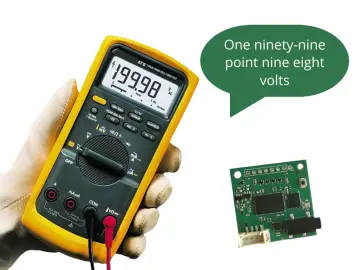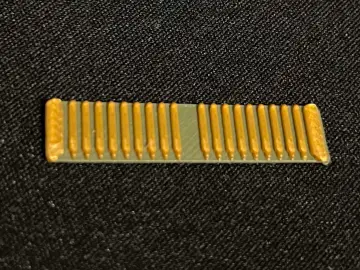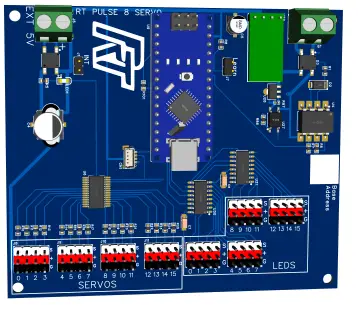Story
Thanks to the production of specialized radio chips, nowadays it is possible to make a quality multiband receiver by ourselves in a very simple way. In several of my previous videos, I described ways to make such radio receivers using microcontrollers. The receiver described in this project is very simple and consists of only one specialized chip, no programming is required, no tuning is required and the receiver works great immediately after connecting the components.
At the following link you can watch a video presentation on the functioning of this device: https://youtu.be/gH5_U2VM6XY
The receiver is made according to the demo schematic diagram found in the manufactirer datasheet. The heart of the receiver is the Si4825 A10 IC, which is extremely cheap, and we can get a five-piece lot for a total price of less than two dollars.

Despite the low price, it has excellent features and completely covers the three areas of MW, SW, and FM bands.
The device is relatively simple to make and consists of several components.
- Si4825 A10 IC
- a ferrite core coil removed from a defective portable MW radio (optional)
- A microammeter that is actually part of an old analog multimeter
- Stereo potentiometer 2x100k
- Potentiometer 10K
- Small Audio amplifier board PAM8403
- Band switch (2x3 positions)
- several resistors and capacitors
- and a small speaker
On the back of the receiver there are BNC connectors for AM and FM antenna. A crystal with a frequency of 32,768 Megahertz is mounted on the chip itself.

Band selection is done with a switch that actually forms a voltage divider, and the given resistances cover the following frequency ranges:
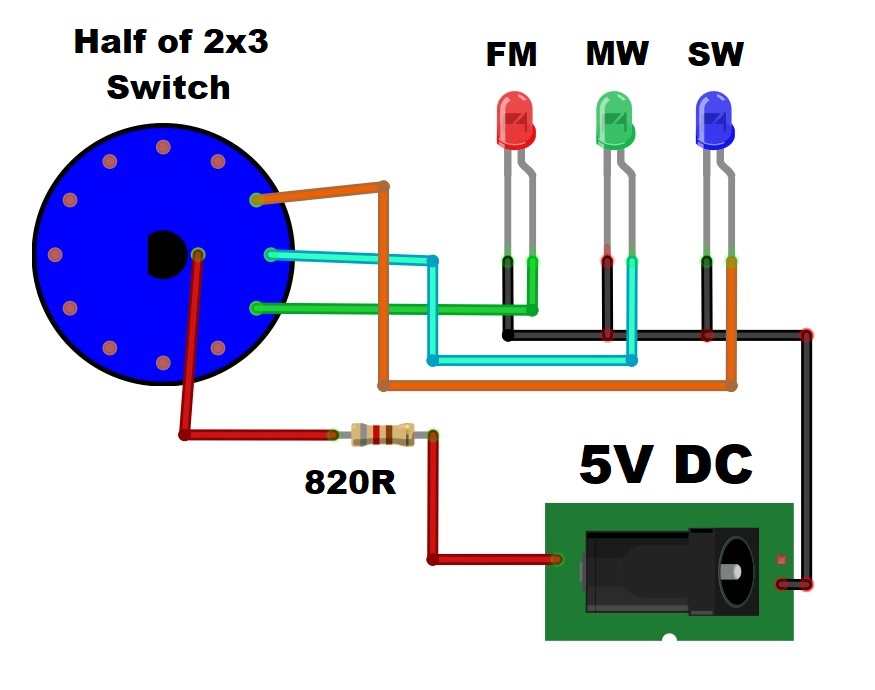
AM from 510 to 1710 KHz
SW from 5.9 MHz to 18 MHz
and FM from 87 to 108 MHz
The frequency is selected using a two potentiometers in a way that changes the voltage between the Tune1 and Tune2 pins.
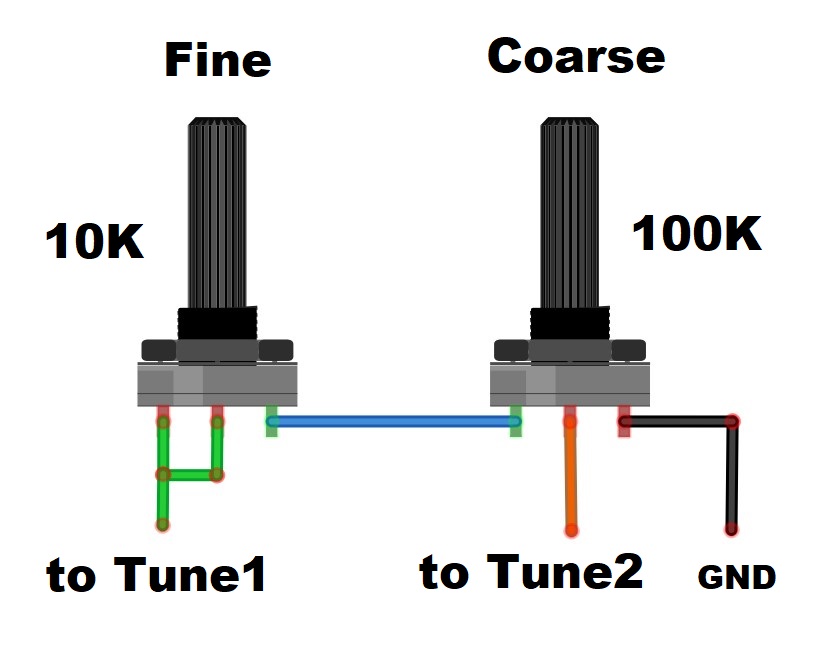
100k potentiometer is for coarse tuning and 10k for fine tuning. The other channel of the 100K stereo potentiometer is connected through a series-connected trimmer potentiometer of 10K to the microammeter that serves as an analog radio scale. The method of connection is presented in the diagram, whereby we adjust the trimmer potentiometer to enable a full deflection of the arrow when the tuning potentiometer is in the extreme right position

I still have to mark the scale with appropriate bands and frequencies, but even this way there is enough visibility. The audio output of the Si4825 is connected to the input of a small audio amplifier to which a suitable speaker is connected. On both sides of the instrument I placed warm white LEDs for better readability of the scale. It is important to mention that 5V is connected to the input of the radio, and the Si4825 chip should be powered with a maximum of 3.3V.

For this purpose I used the simplest way to reduce the voltage using three series connected silicon diodes, as shown in the picture.
And now let's see how the device works in real conditions: First we need to connect a suitable antenna, and then immediately after switching on, the scale takes the given position which depends on the resistance of the scanning potentiometer. Analogous to the rotation of the potentiometer, the needle of the instrument is also moved. Then we select the desired band, set the audio volume, and we can start dialing stations. I should also mention that the ideal option for tuning the stations would be a multi-turn potentiometer.

I started the project with a multiturn potentiometer, but later found that it was defective, so I looked for another solution with two potentiometers for coarse and fine tunning.
And finally, a short conclusion. I started making radio receivers in the previous century with transistors, when making and especially setting up a quality radio receiver required very expensive equipment and vast knowledge in the field of electronics and radio technology. Nowadays, with the development of specialized chips, the self-production of quality radio receivers is extremely simplified, there is no need for any adjustments, and the total price is also very low. However, I personally still prefer making radio receivers with discrete elements, and even vacuum tubes, where we can learn a lot from this area, and the satisfaction when setting up and making such a receiver is greater, and a well-made discrete receiver often has better selectivity and sensitivity than that with specialized ICs. The radio is installed in a suitable box made of PVC material with a thickness of 3 and 5 mm and covered with colored self-adhesive wallpaper.












